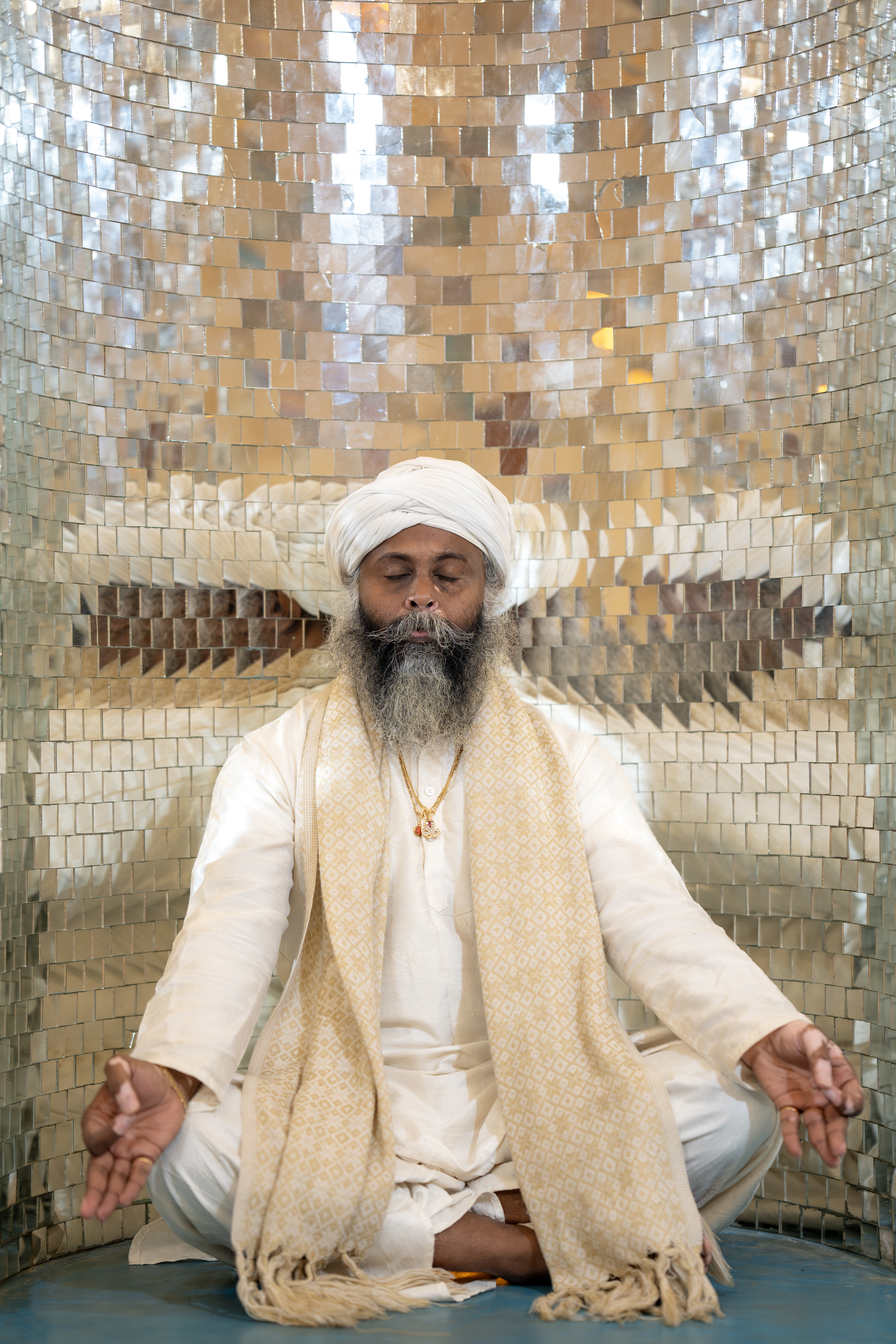Honoring the Serpent Deities this Nag Panchami
In the tapestry of Hindu cosmology, the serpent is not a symbol of fear, but of profound wisdom, power, and transformation. Nāgas—divine serpents—are revered as guardians of dharma, elemental energies, and ancestral memory. Among them, the Ashta Nāgas (Eight Nāgas) hold a sacred place as protectors of the subtle realms, chakra energies, and sacred sites.
✨ What is Nag Panchami?
Celebrated on the fifth day (Panchami) of the bright lunar fortnight of Shravan month, Nag Panchami is a sacred festival where devotees offer milk, flowers, and prayers to snake idols, anthills, or sacred serpent images. This day is believed to pacify Nāga Dosha, remove karmic blocks, heal ancestral wounds, and awaken the inner serpent energy—Kundalini Shakti.
🌿 Why Are Serpents Worshipped in Hinduism?
In Hindu tradition, serpents are not seen as demonic or dangerous—but deeply divine:
- They represent life force (prana) coiled at the base of the spine.
- They are guardians of hidden realms—physical and metaphysical.
- They hold the codes of transformation, fertility, and rebirth.
- Their form is seen in DNA spirals, kundalini spirals, and the cosmic coils of time and space.
🔱 The Ashta Nāgas: Eight Sacred Serpent Guardians
Let us explore each of the Ashta Nāgas—their symbolism, power, and where they appear in the spiritual map of life and consciousness:
1. Ananta (Shesha Nāga) – The Infinite One
- Symbolism: Infinity, cosmic support, time beyond time.
- Role: Forms the celestial bed of Lord Vishnu, floating in the Ksheer Sagar (Ocean of Milk).
- Chakra Connection: Crown (Sahasrara) — pure consciousness.
- Unique Power: Holds the entire universe on his hoods; represents timeless wisdom and eternal presence.
2. Vasuki – The Churning Serpent
- Symbolism: Service, strength, cosmic rhythm.
- Role: The rope used in Samudra Manthan, held by Devas and Asuras to churn the ocean of milk.
- Chakra Connection: Heart (Anahata) — devotion and balance.
- Unique Power: Channels divine power for both creation and transformation.
3. Takshaka – The Fiery One
- Symbolism: Karma, retribution, protection.
- Role: A powerful Nāga king from the Mahabharata; responsible for the karmic death of King Parikshit.
- Chakra Connection: Solar Plexus (Manipura) — willpower and karmic digestion.
- Unique Power: Bringer of karmic justice and protector of sacred vows.
4. Karkotaka – The Hidden Serpent of Alchemy
- Symbolism: Transformation, poison into power.
- Role: A Nāga who cursed King Nala into a dwarf to help him overcome misfortune and regain his kingdom.
- Chakra Connection: Sacral (Swadhisthana) — emotions, transformation.
- Unique Power: Transmutes shadow into strength, supports inner alchemy.
5. Padma – The Lotus Nāga
- Symbolism: Purity, prosperity, divine grace.
- Role: Guardian of treasures and divine beauty beneath the earth.
- Chakra Connection: Third Eye (Ajna) — divine vision, lotus unfolding.
- Unique Power: Bringer of spiritual wealth and creative awakening.
6. Mahāpadma – The Great Lotus Nāga
- Symbolism: Cosmic abundance, deep memory.
- Role: Resides in the underworld (Pātāla), custodian of hidden treasures and subtle knowledge.
- Chakra Connection: Root (Muladhara) — grounding and survival.
- Unique Power: Keeper of karmic memory and provider of foundational stability.
7. Shankhapāla – The Spiral Guardian
- Symbolism: Sacred sound, protection.
- Role: Known for assuming human form to uphold dharma and serve humanity.
- Chakra Connection: Throat (Vishuddha) — vibration, truth, sound healing.
- Unique Power: Protects those on the spiritual path, grants speech aligned with truth.
8. Kulika – The Root Nāga
- Symbolism: Base energy, kundalini source.
- Role: Associated with the coiled serpent energy at the base of the spine.
- Chakra Connection: Root (Muladhara) — stability, instinct, awakening potential.
- Unique Power: Guardian of the kundalini coil—the force of inner awakening.
🌀 Kundalini and the Nāgas
In Kundalini Yoga and Tantra, the serpent is a metaphor for dormant spiritual power coiled at the base of the spine. As it awakens and rises, it pierces each chakra, just as a serpent weaves through the subtle layers of consciousness.
The Ashta Nāgas can be meditated upon as guardians and activators of each energy center, guiding your evolution from primal instinct to divine awareness.
🌕 Nag Panchami Rituals (Simple Guide)
- 🪔 Offer milk, turmeric, flowers, and sandalwood to snake idols or serpent mounds.
- 📿 Chant mantras like:
“Om Namo Bhagavate Vasuki Nāgāya Namah”
“Om Namo Anantāya Namah” - 🧘♀️ Sit in meditation visualizing a golden serpent rising up the spine.
- 📜 Reflect on karmic fears or ancestral wounds, and offer them for healing.
🙏 Final Words
This Nag Panchami, honor the divine serpents not as symbols of fear, but as ancient allies of your soul's journey. Offer devotion to the Ashta Nāgas—the serpent kings who protect, awaken, and guide the dharmic path.
Invite their blessings to transmute fear into power, karma into grace, and slumbering energy into divine radiance.
🌍 Jai Nāga Devta 🔱


0 Comments